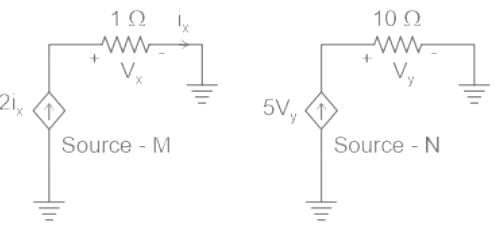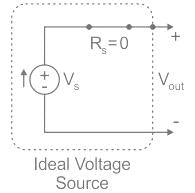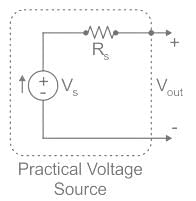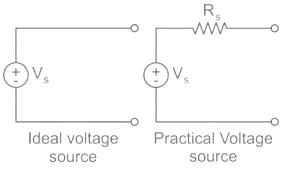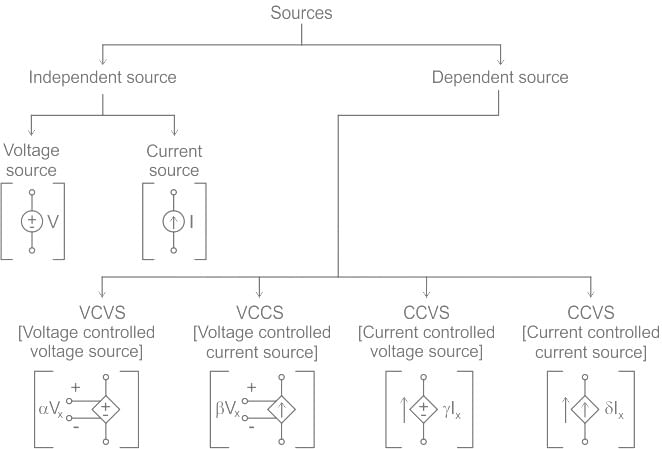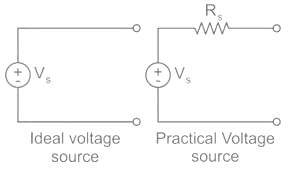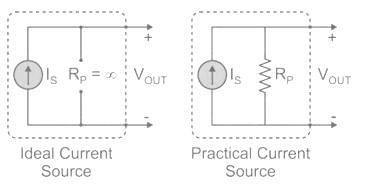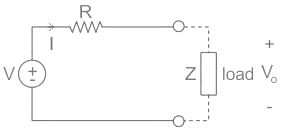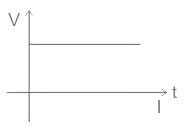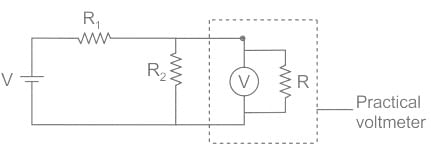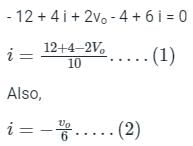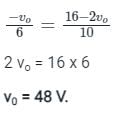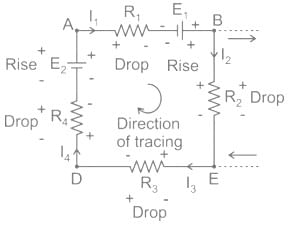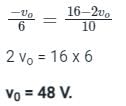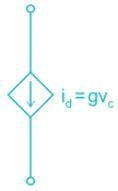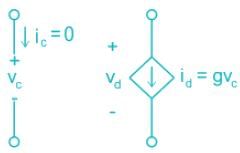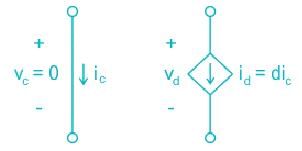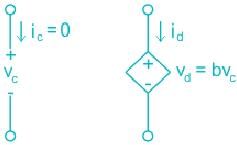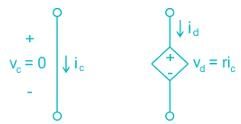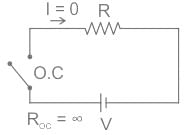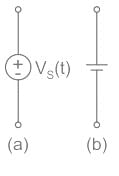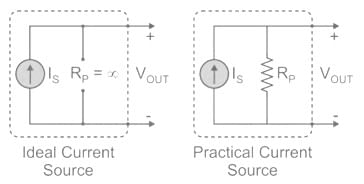Test: Dependent & Independent Sources - 2 - Electronics and Communication Engineering (ECE) MCQ
15 Questions MCQ Test - Test: Dependent & Independent Sources - 2
In practical application, battery voltage
Which of the following figures is correct in representing the voltage-dependent current source ?
The internal resistances of an ideal Voltage source and an ideal current source respectively are (in ohms)
The circuit shown in the figure represents a

Which of the followings is/are active element?
An ideal voltage source and an ideal voltmeter have internal impedances respectively:
Determine 'i' in the circuit shown in Fig.
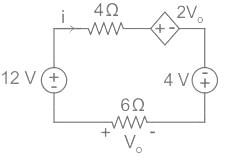
Find the value of 'v0' in the following circuit.

Name the circuit element maintaining a prescribed voltage across the terminals in spite of the current flowing in those terminals
A practical current source is usually represented by
If Current in a circuit is zero ampere, it is likely that
Which of following is represented in the given figure?
